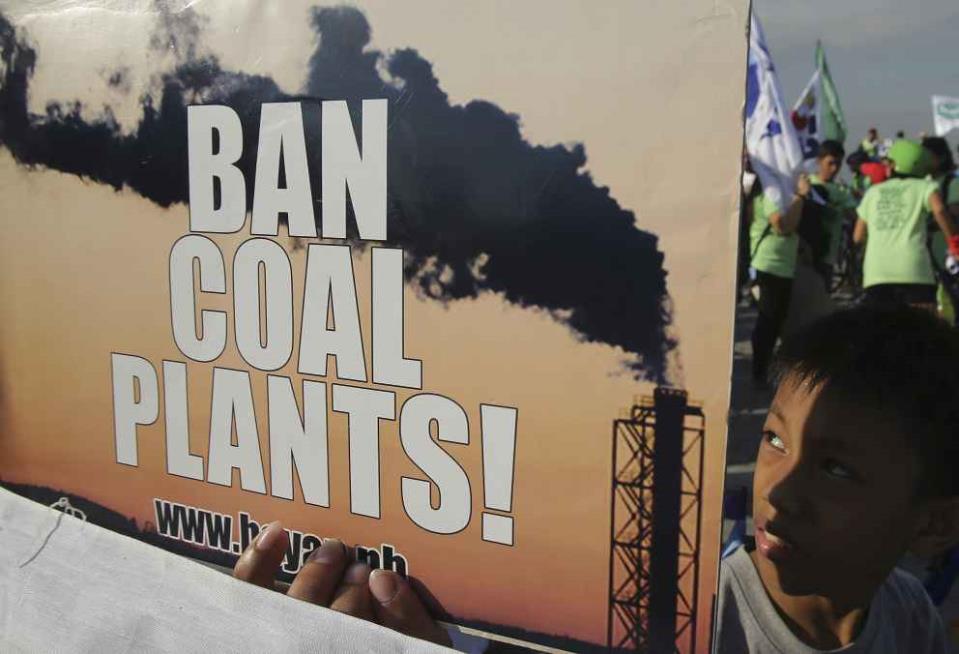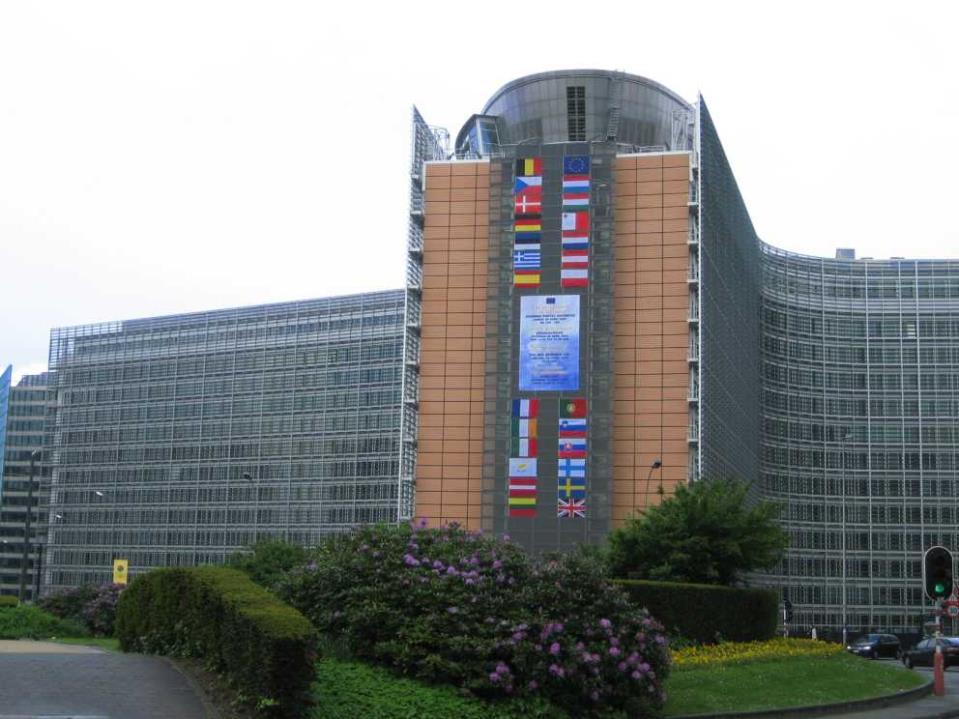The Conference of Parties (COP) 21 Climate Change Summit in Paris saw 195 countries adopt a universal and legally binding global climate deal. In addition to the revamped measures that came about from the summit, the ambitious goal of mobilising USD100 billion per year until 2025 has been re-established.
The EU and its member states have committed itself to a binding target of an “at least 40% domestic reduction in greenhouse gas emissions by 2030 compared to 1990,” as laid out by the Intended Nationally Determined Contribution (INDC).
The Paris agreement is the first of its kind, and also officially marks serious global acknowledgement of the disastrous effects the climate could have on civil society if pollution levels are left unchecked. Pressure was higher than ever with regard to the outcome of this summit, in view of the disagreements and perceived failure of the 2009 Copenhagen climate change summit.

A global action plan has been laid out with the aim of limiting global warming to well below 2º Celsius and thereby avoiding dangerous levels of climate change. The agreement is due to enter into force in 2020.
Key elements of the Paris Agreement: reducing emissions
“The Paris Agreement is a bridge between today’s policies and climate-neutrality before the end of the century,” reads the European Commission’s COP21 page. Today’s policies refer to targets laid out by the Kyoto protocol which entered into force in February 2005, as well as the EU’s 20/20/20 climate change targets.
Governments agreed to a number of targets with the ultimate goal being to reduce emissions. A long-term goal of keeping the increase in global average temperature to well below 2°C, above pre-industrial levels has been agreed. In addition to this, there has been agreement to limit the increase to 1.5°C, as climate change scientists and researchers believe this would significantly reduce the risks and impacts of climate change.

A bone of contention in the 2009 Copenhagen summit was the lack of definition for a basis of when global emissions would peak and then start to come down. This time around, governments agreed on the need for global emissions to peak as soon as possible, and acknowledged the fact that this will take longer for developing countries.
A number of nations, including the EU and encompassing all 28 member states, submitted a holistic national climate action plan. Many NGOs and climate change scholars have criticised the submitted plans as they are not enough to keep global warming below the desired 2°C. Others have argued that the agreement paves the way to achieve this target in a concrete and manageable way.
Transparency and global stock take
As part of sticking to emission reduction targets, governments have agreed to come together every five years and report to each other and the public on the progress and implementation of such targets. They also agreed to set more ambitious targets as required by scientific developments during these gatherings.

A transparency and accountability system has been agreed upon for the purposes of tracking progress towards the long-term goal.
Adaptation
Governments have agreed to strengthen societies’ ability to manage the impacts of climate change, and also provide continued and enhanced international support for adaptation to developing countries.
The impacts of climate change is expected to be extremely costly, making it very difficult for developing nations to cope with new targets and the changes of climate change. The expected desertification of Africa for example, will come at a great cost to an already struggling continent.

Loss and damage
The agreement acknowledges “the importance of averting, minimising and addressing loss and damage associated with the adverse effects of climate change”.
It also acknowledges the need to adopt early warning systems, emergency preparedness and risk insurance as a consequence of climate change.
This is significant as it formally recognises the danger that is posed by the global effects of climate change. This fact is no longer being disputed and allows for concrete and decisive action.

Support
Developed countries, inclusive of the EU have committed themselves to provide assistance to climate change impacts in developing countries, in view of the fact that they do not have the same resources and financial flexibility. They have also committed themselves to support climate action to reduce emissions in developing countries.
The existing goal of mobilising USD 100 billion per year until 2025 has been re-established through the commitment of developed countries.
Climate finance: cornerstone of the Paris Agreement
Proposed initiatives in order to reverse the effects of a heavily industrialised world and the ensuing climate catastrophe that is sure to follow would be unmanageable without the appropriate financial backing.
In October, the European Parliament called on the EU and its member states to agree on a “roadmap” to scale up finance towards their fair share of the overall target USD 100 billion by 2020. It also proposed earmarking a portion of the EU’s Emissions Trading Scheme (ETS) allowances as sources of climate finance, as well as revenues from EU and international taxes on aviation and shipping emissions.
Showing solidarity and a willingness for the COP21 Paris summit to pave the way for meaningful change, The World Bank Group announced it will increase climate financing to potentially USD 29 billion annually through the support of its members. This has provided a substantial boost to global efforts to help countries manage the impacts of climate change and move towards the desired low-carbon growth.

The announcement was made during the annual meetings of the World Bank Group and the International Monetary Fund in Lima, Peru in a private meeting. This meeting was attended by government ministers who came together to discuss climate financing ahead of the Paris summit.
World Bank Group President Jim Yong Kim said that 20 per cent of the Bank Group’s funding is climate related, and that it could rise to 28 per cent in 2020 in response to client demand. This would represent a one-third increase in climate financing.
Through direct funding and leveraging co-financing for clime-related projects, this together could potentially amount to USD 29 billion annually.
The position of the European Parliament
Climate change is viewed in the EP as a key focus, as it builds on EU landmark legislation and urges forward-thinking climate policy.
In addition to the 20/20/20 EU targets, which seeks to cut greenhouse gas emissions by 20 per cent by the year 2020 among other measures, MEPs have turned their focus on the next level of initiatives which need to be addressed.

MEPs have adopted plans to freeze the auctioning of some CO2 permits from the European Emissions Trading System, and to create a stability reserve for the purpose of restoring the incentive effect of the scheme and encourage firms to invest in low-carbon innovation.
A press release published ahead of the Paris climate summit stated that “new energy efficiency legislation will help consumers cut their energy bills and the EU as a whole to hit its climate change target of using 20 per cent less energy by 2020”.
It has also been said that the EP approved mandatory energy-saving measures, such as renovating public buildings, energy-saving schemes for utilities and energy audits for large firms, could save “€50 billion per year and create thousands of new ‘green’ jobs”.
“Building codes in the member states will require all new buildings to have near-zero energy consumption, and impose regular inspections of boilers and air-conditioning systems. Mandatory energy labelling for household appliances will help consumers to assess running costs,” it said.

The role of the EU
The EU has been stepping up its efforts to become the leaders in the fight against climate change. It has been building a broad coalition of both developed and developing countries in favour of high ambition that has shaped the successful outcome of the Paris conference. Seeking to propose policy through evidence based research, the EU, through institutions such as the Joint-Research Centre has had the ability to have its proposed measures coming from cutting-edge scientific research facilities.
The EU was the first major economy to submit its intended contribution to the new agreement in March 2015, seeking to lead by example and mobilise other countries to do the same. It new goal of reducing emissions by at least 40% by 2030 is already underway, and efforts to limit the effects of climate change are continually being stepped up.
The agreement will be deposited at the UN in New York and opened for signature for one year on 22 April, 2016. The agreement will enter into force after 55 countries, which account for at least 55 per cent of global emissions, have deposited their instruments of ratification.